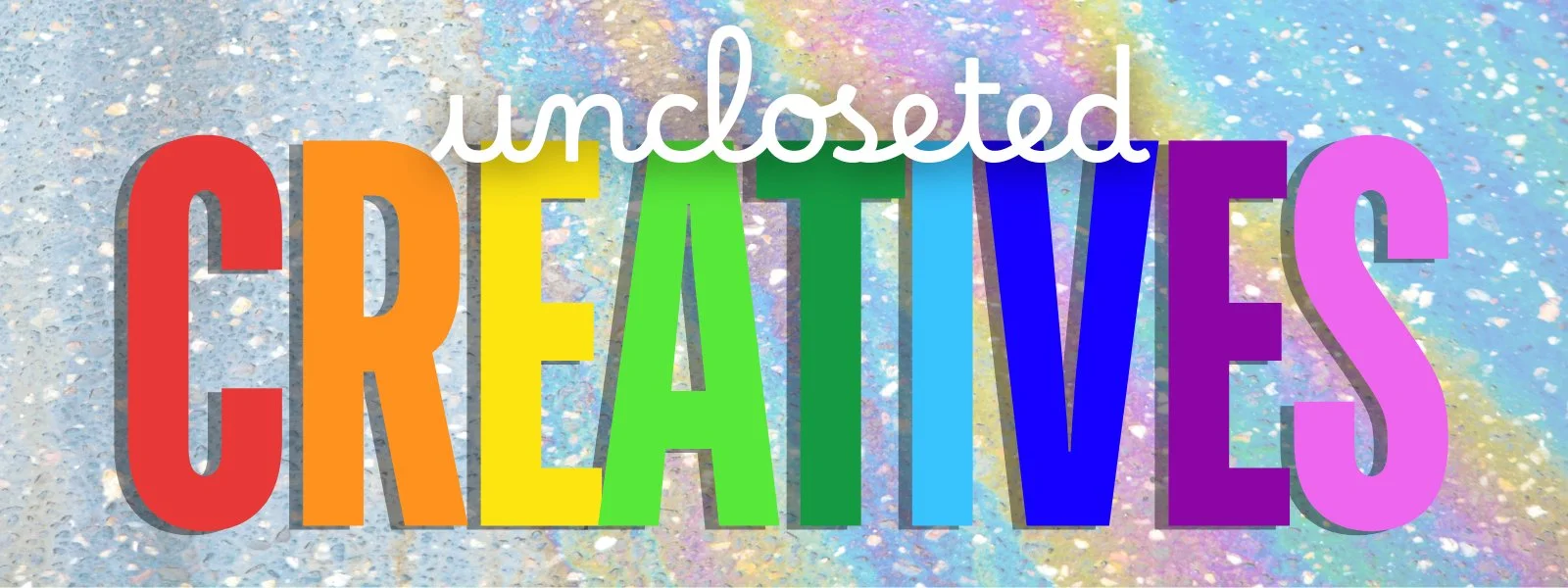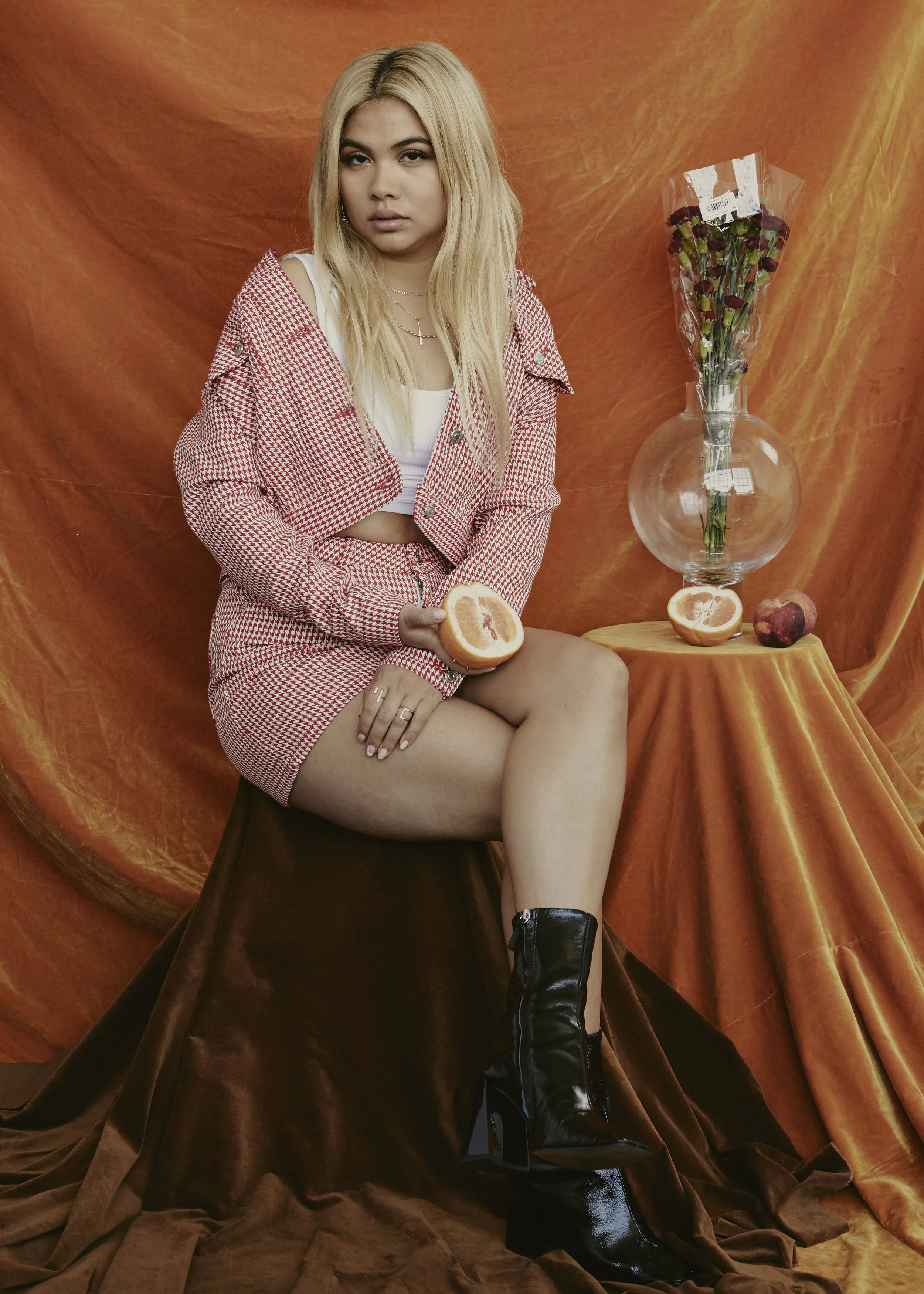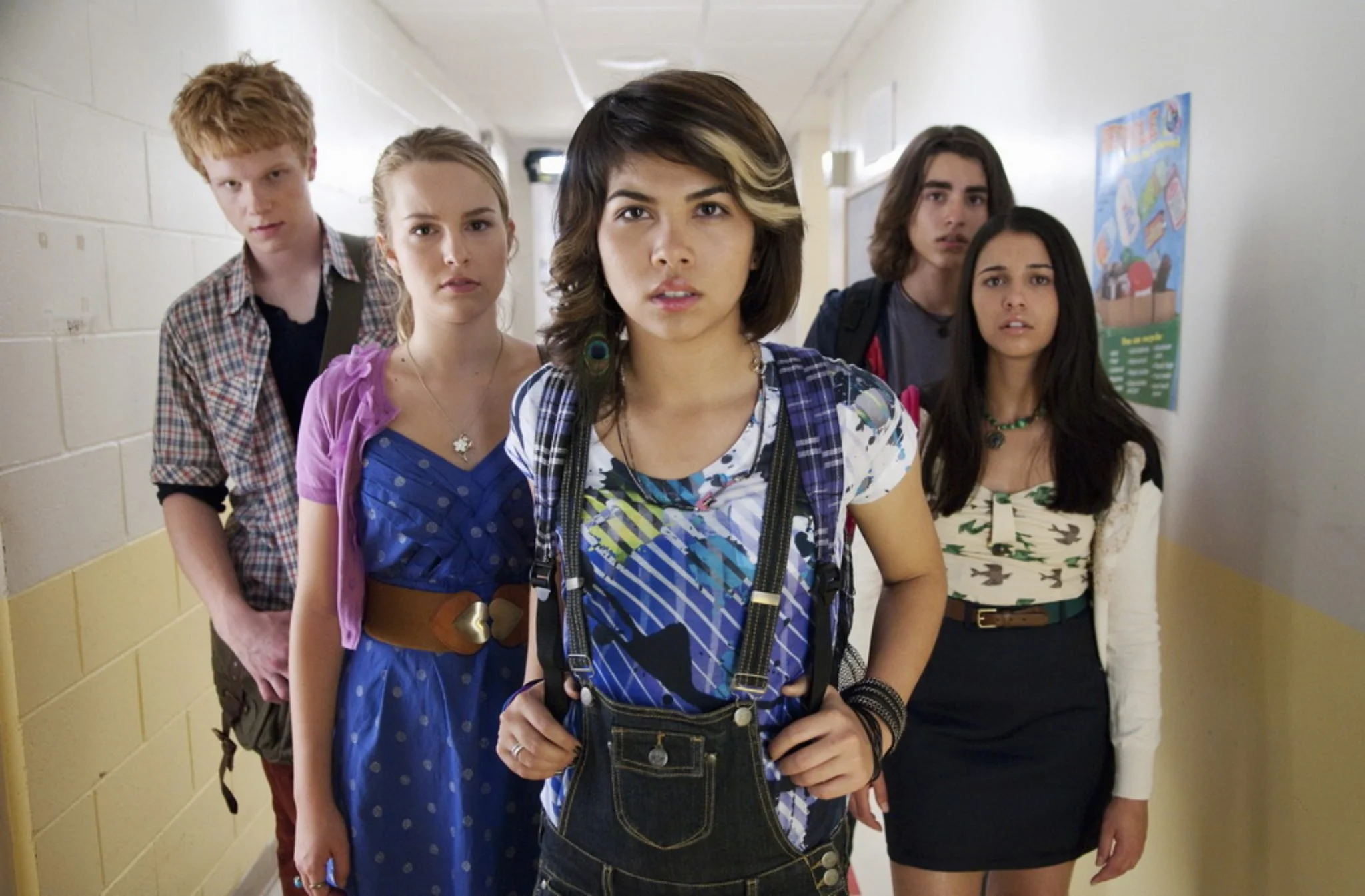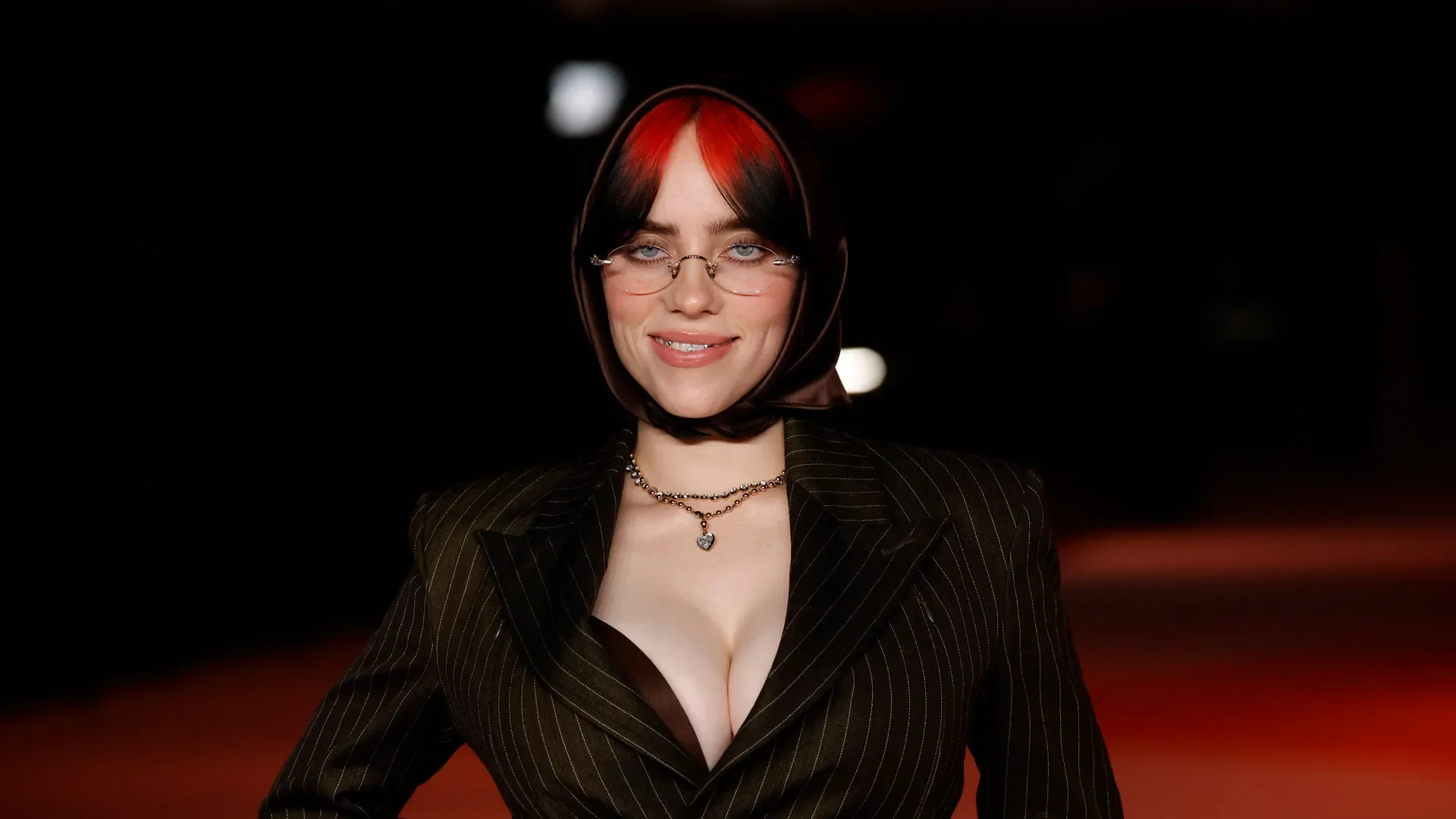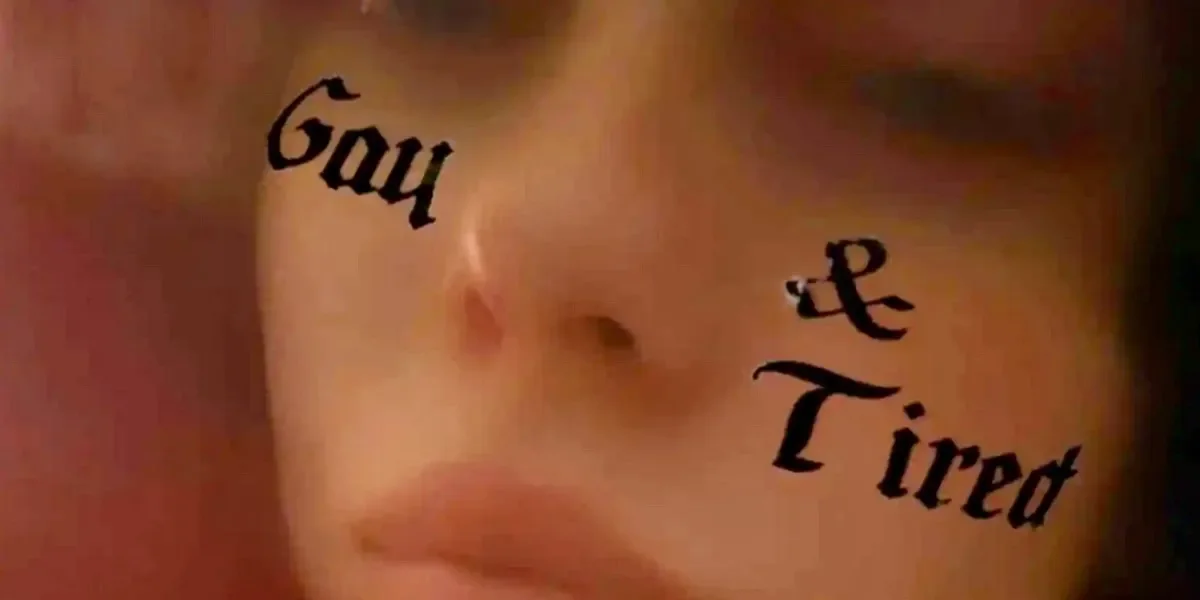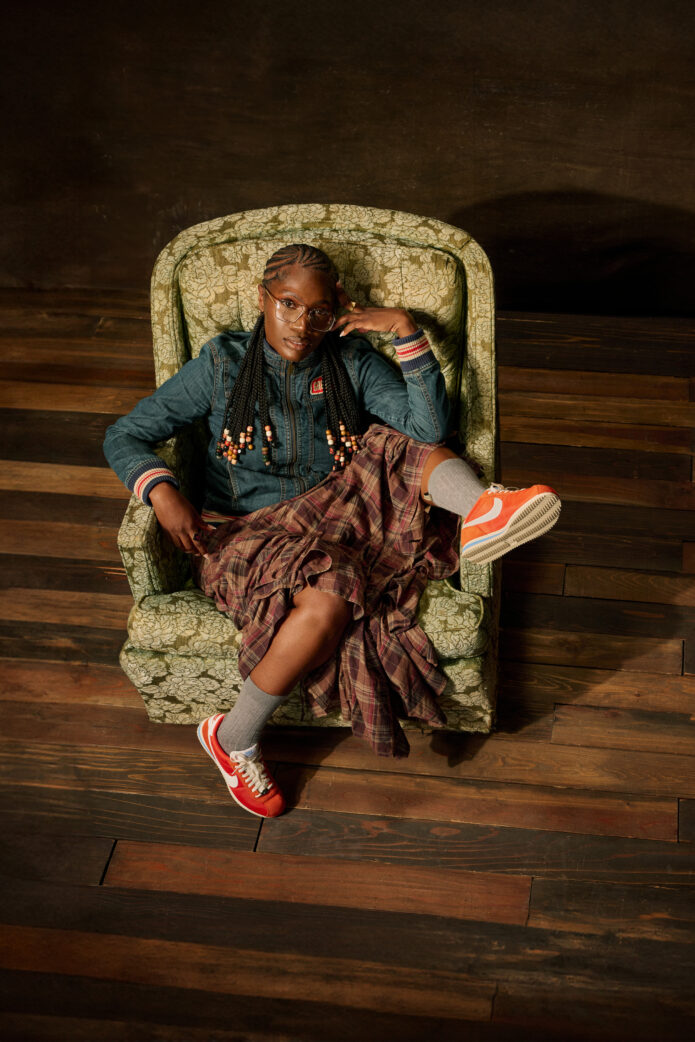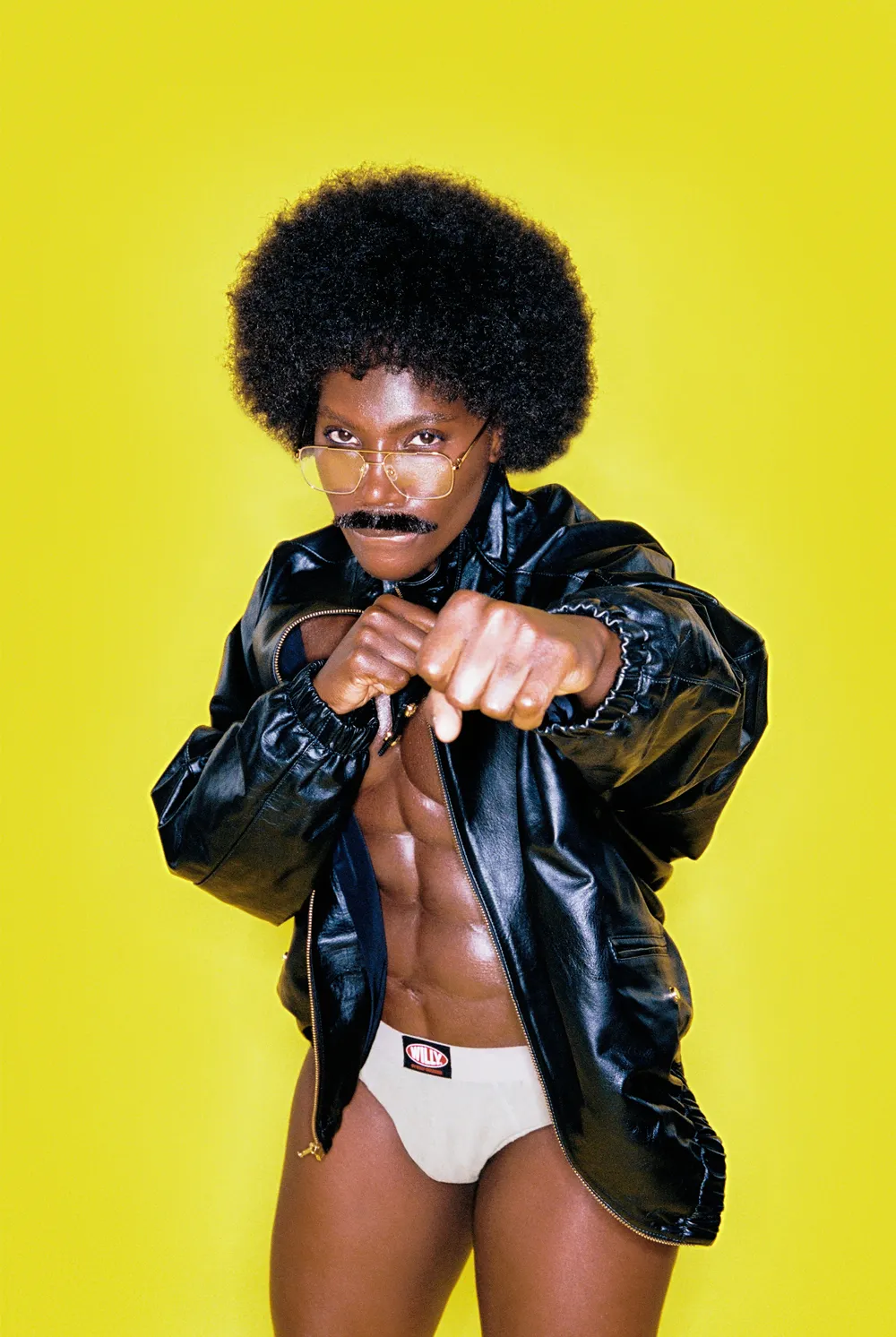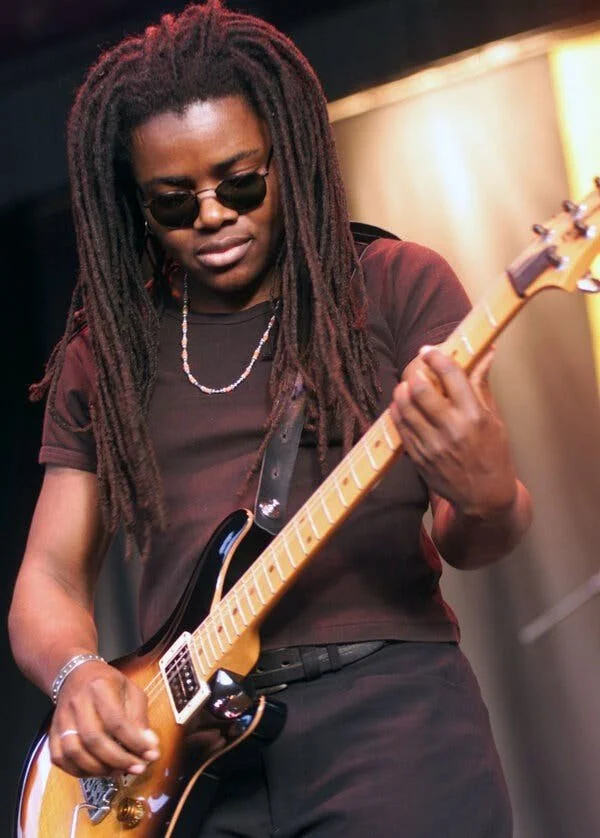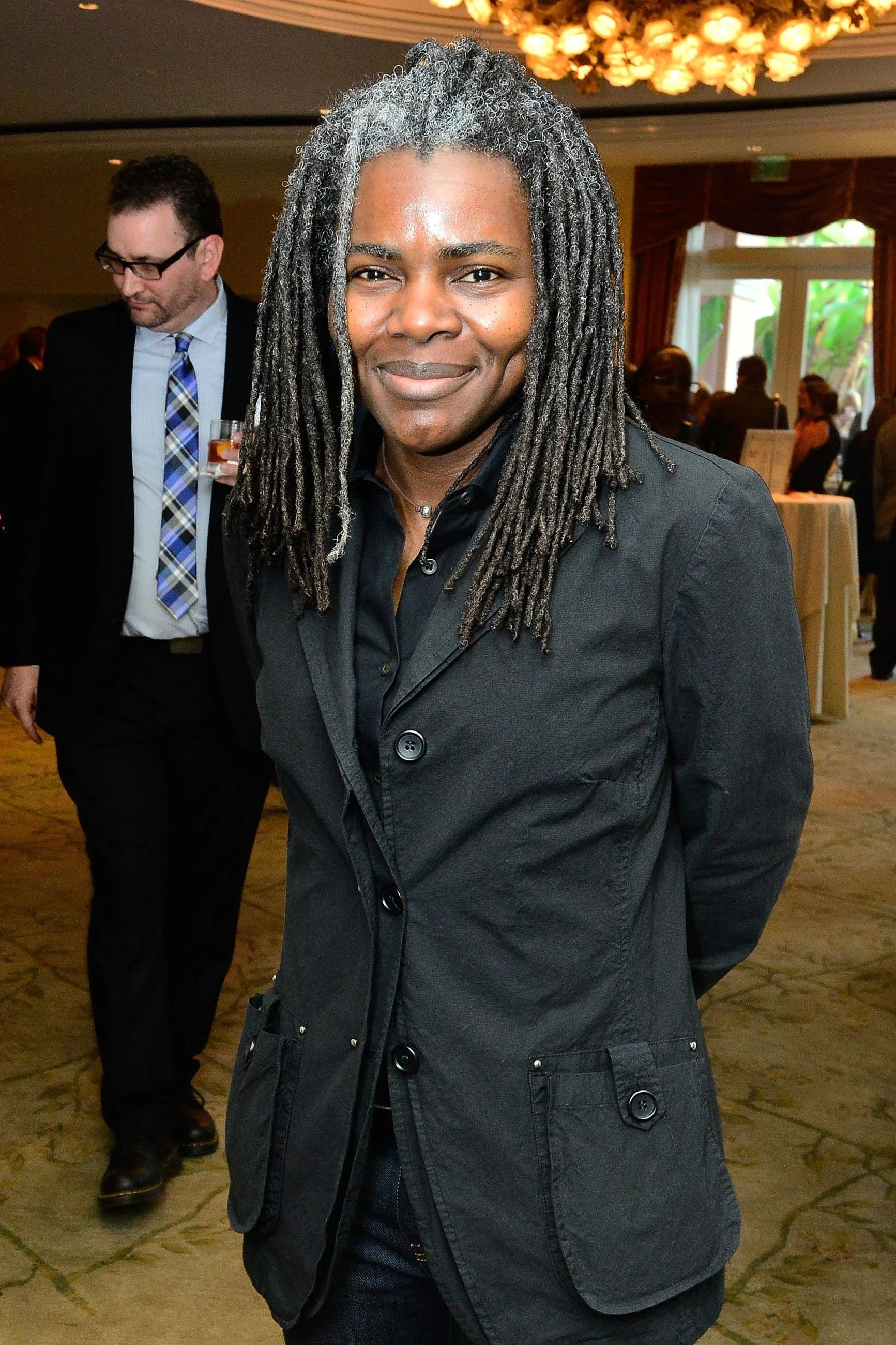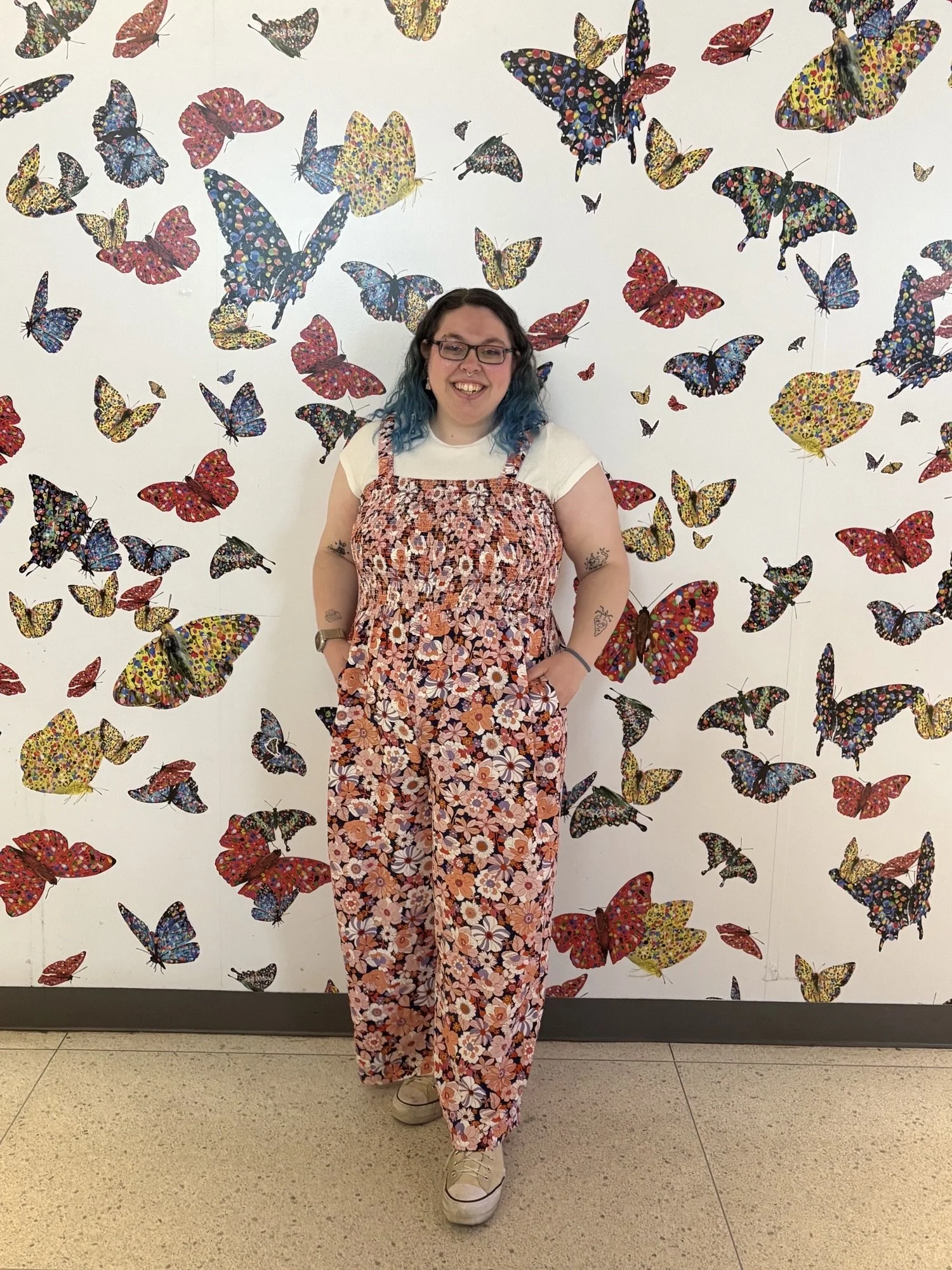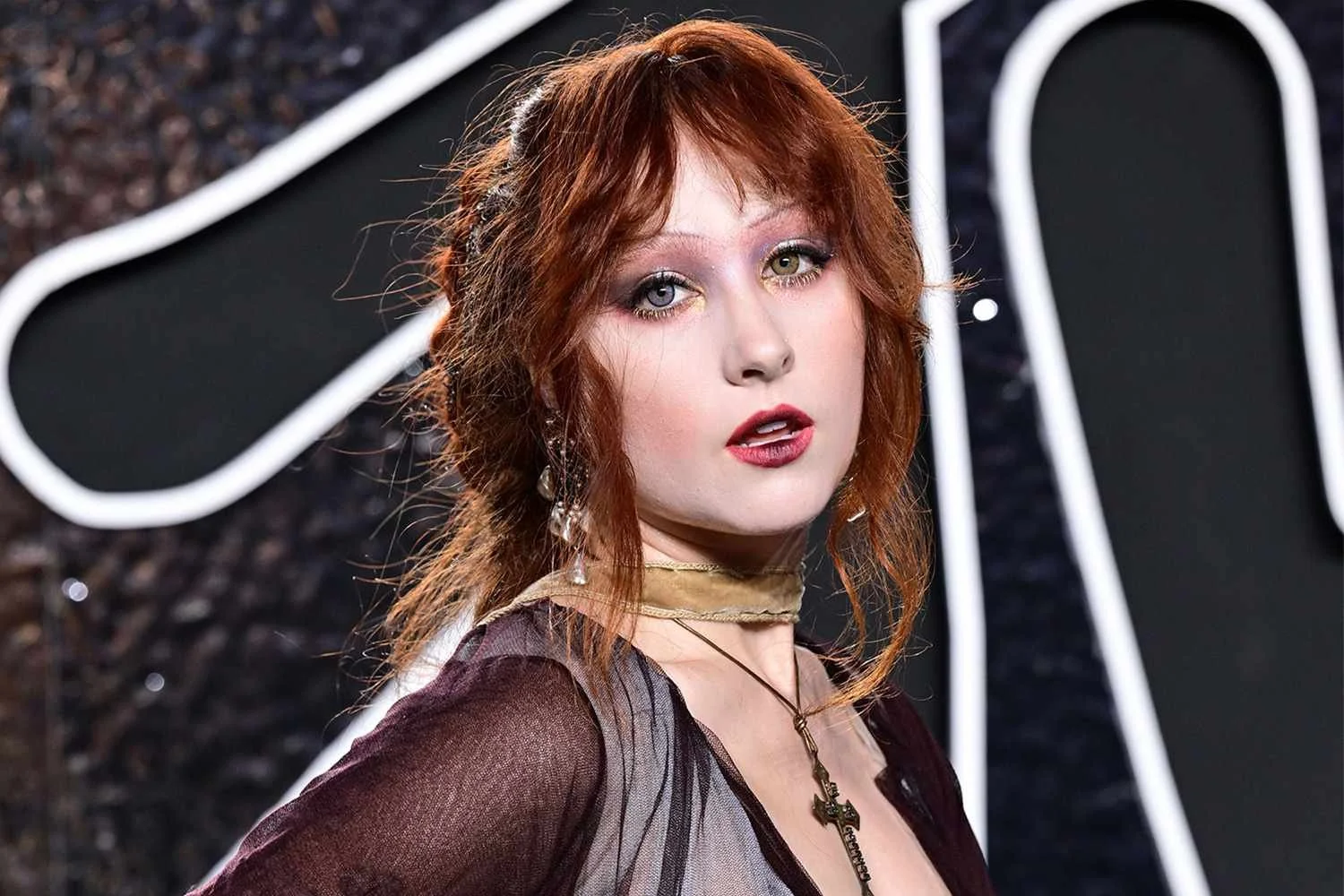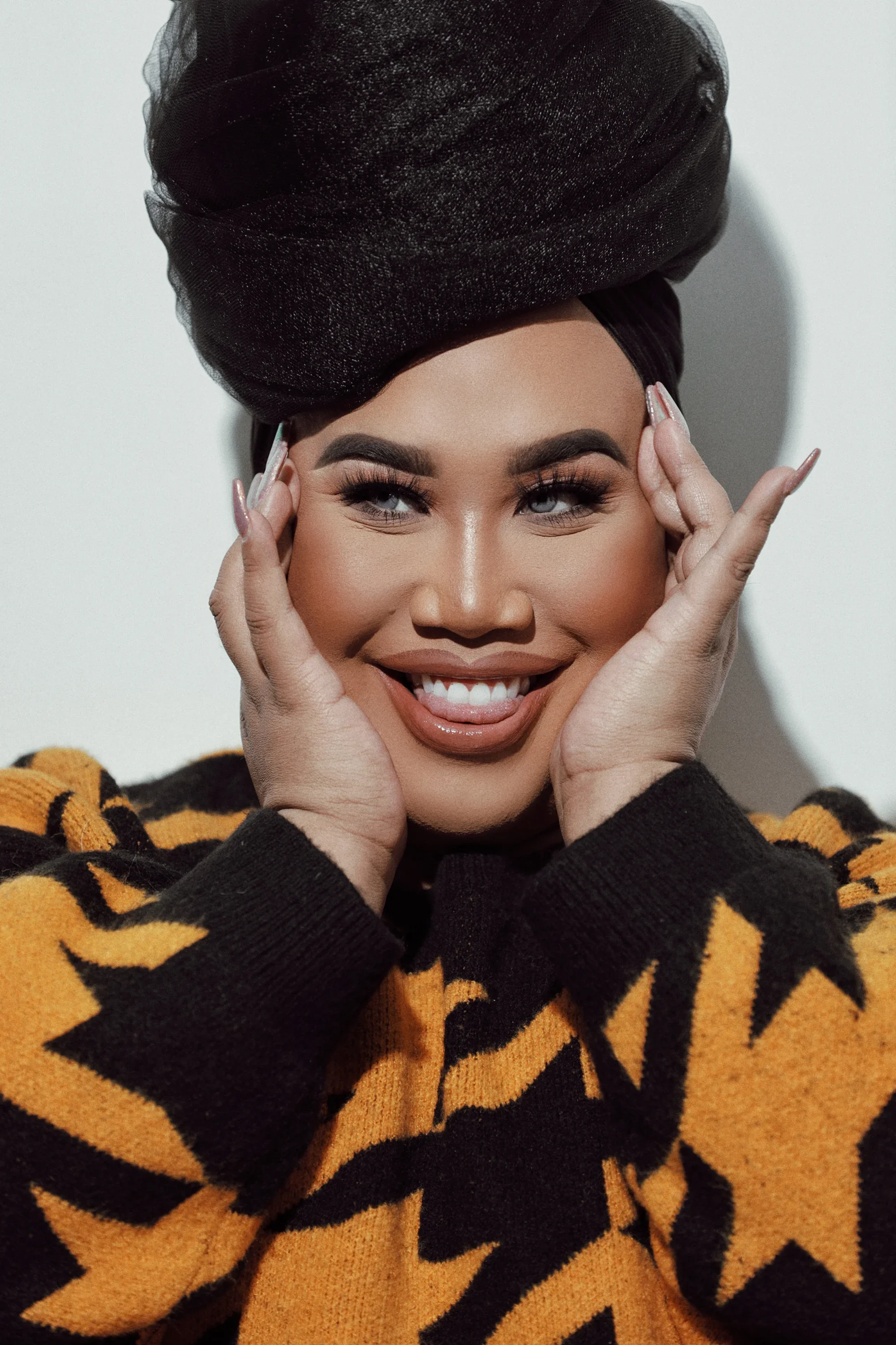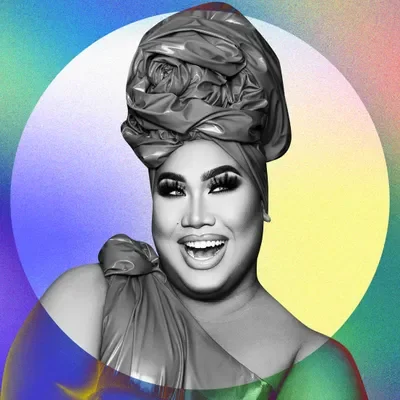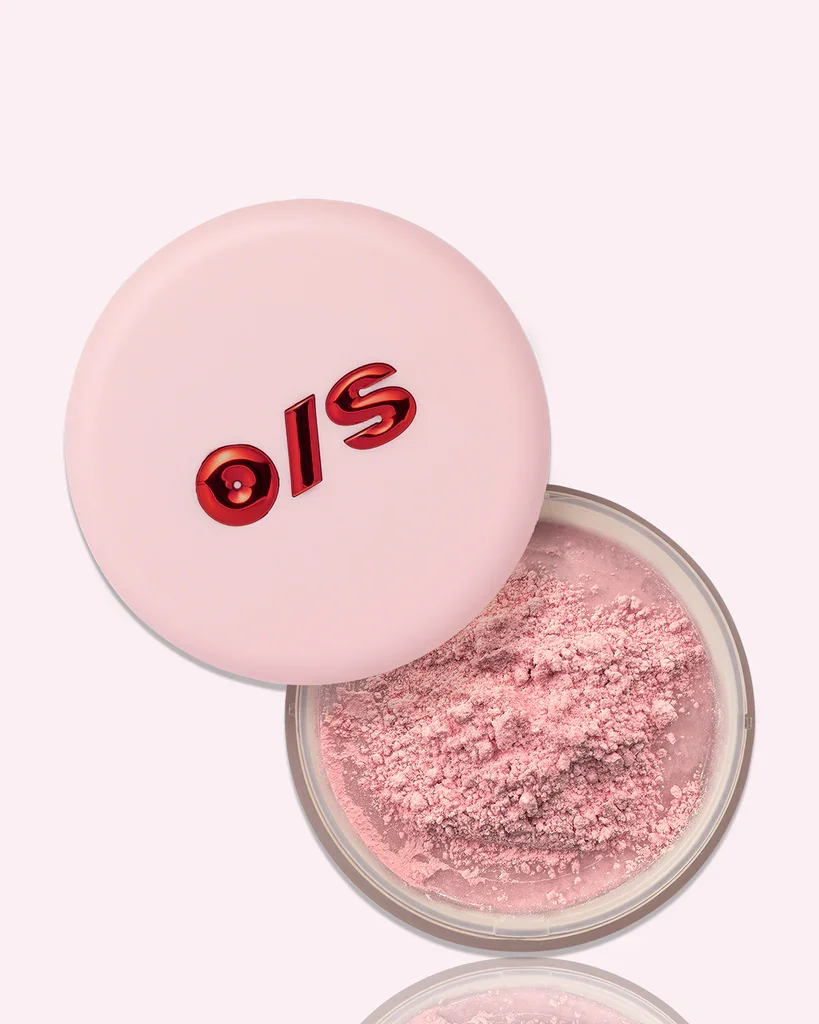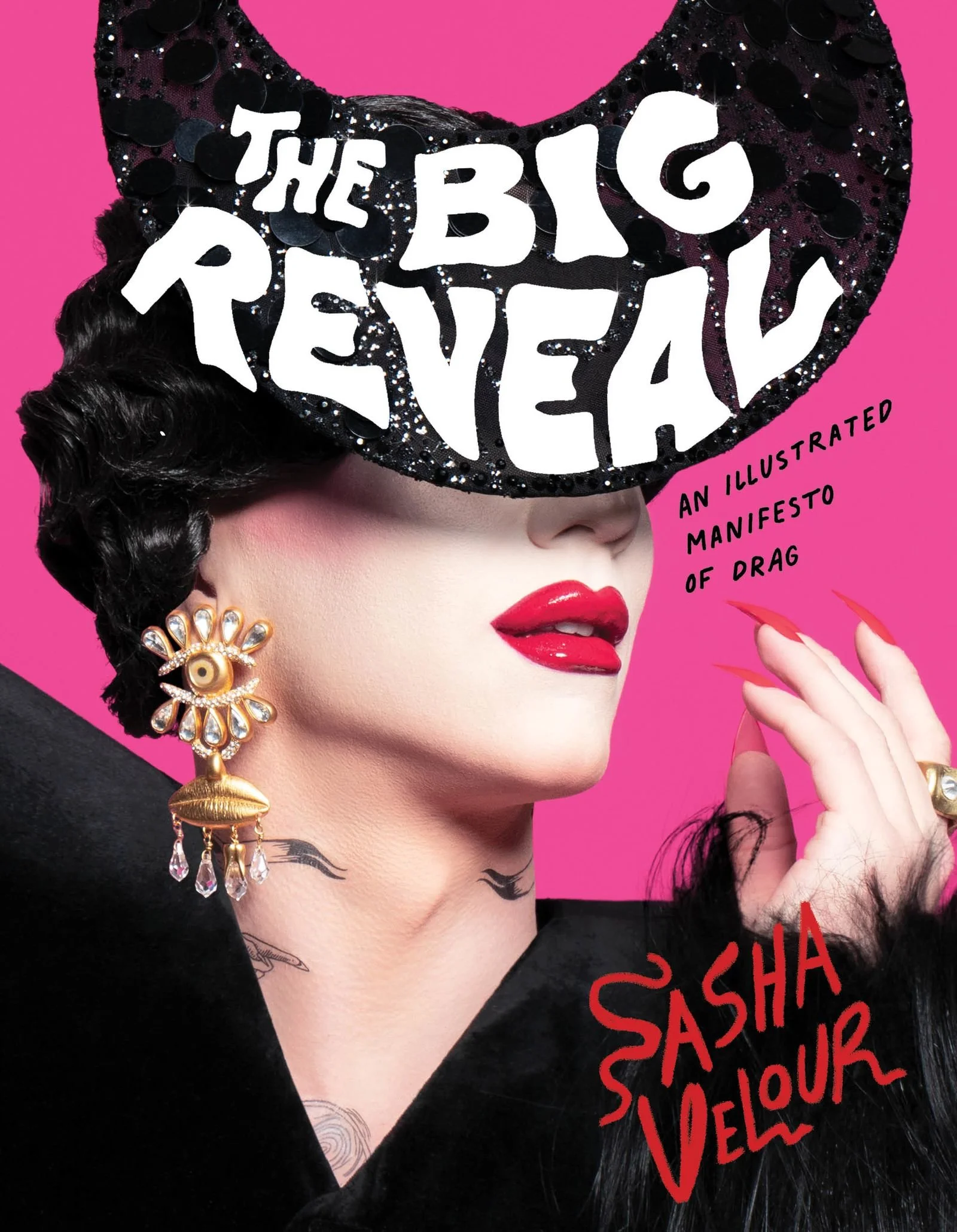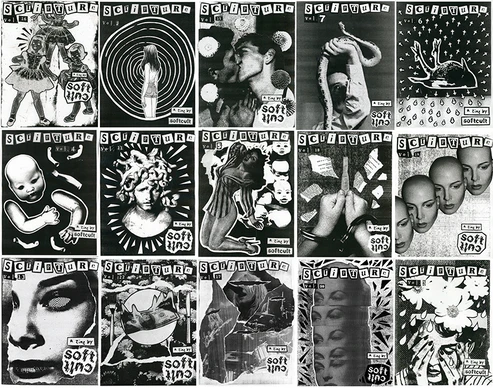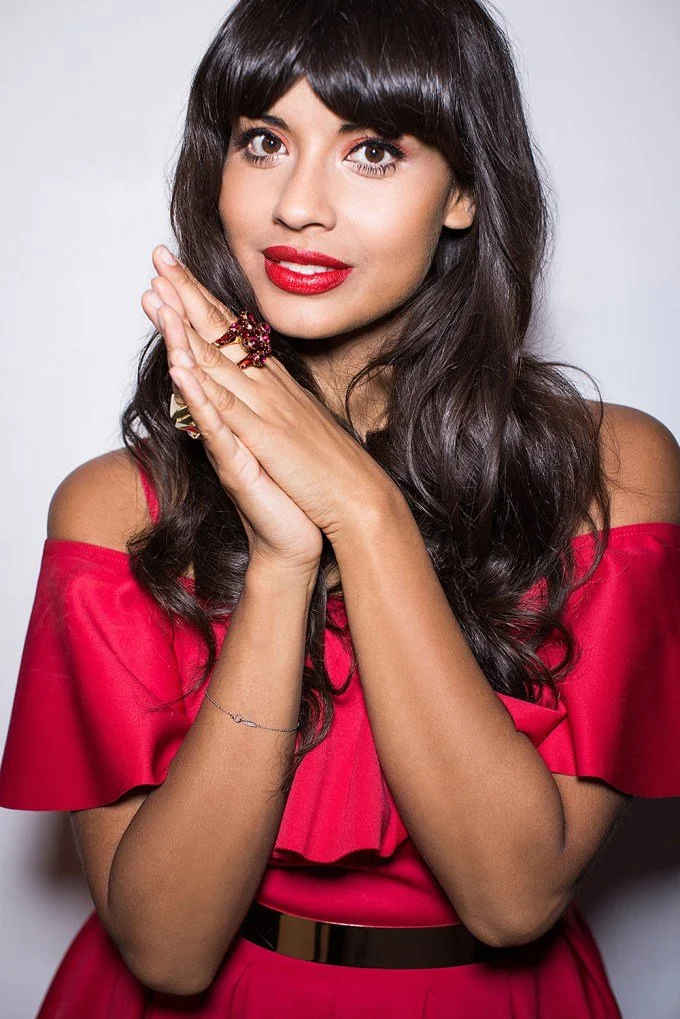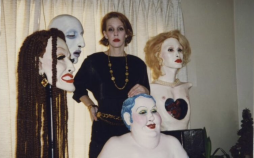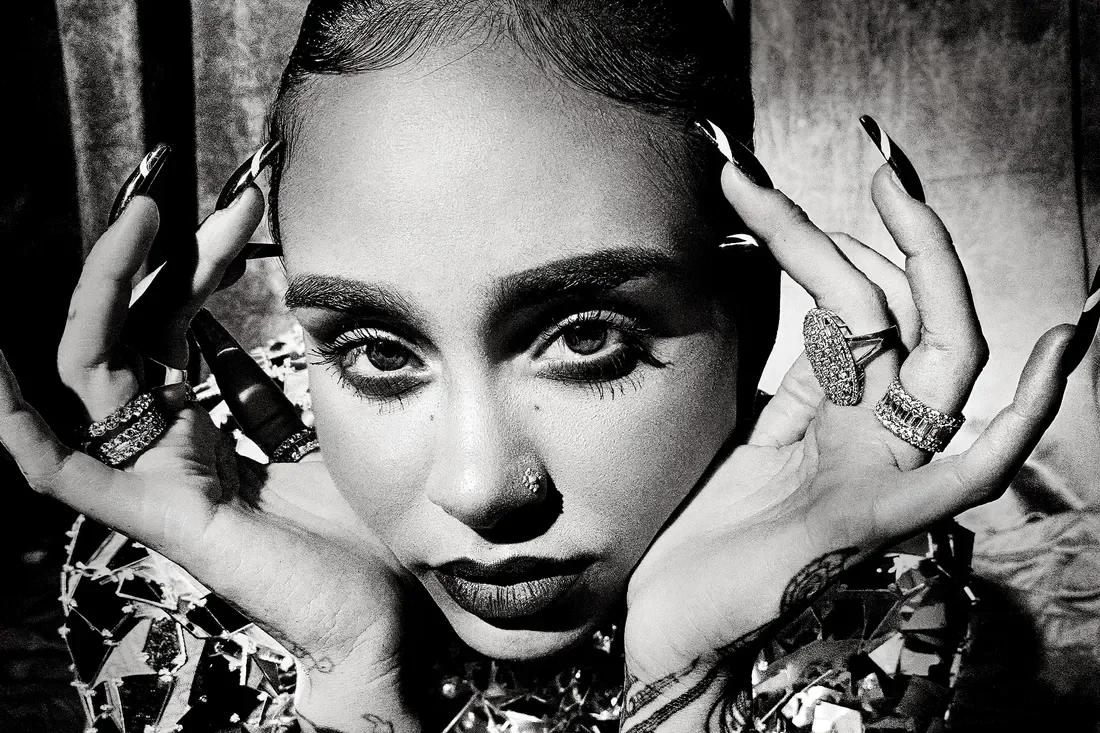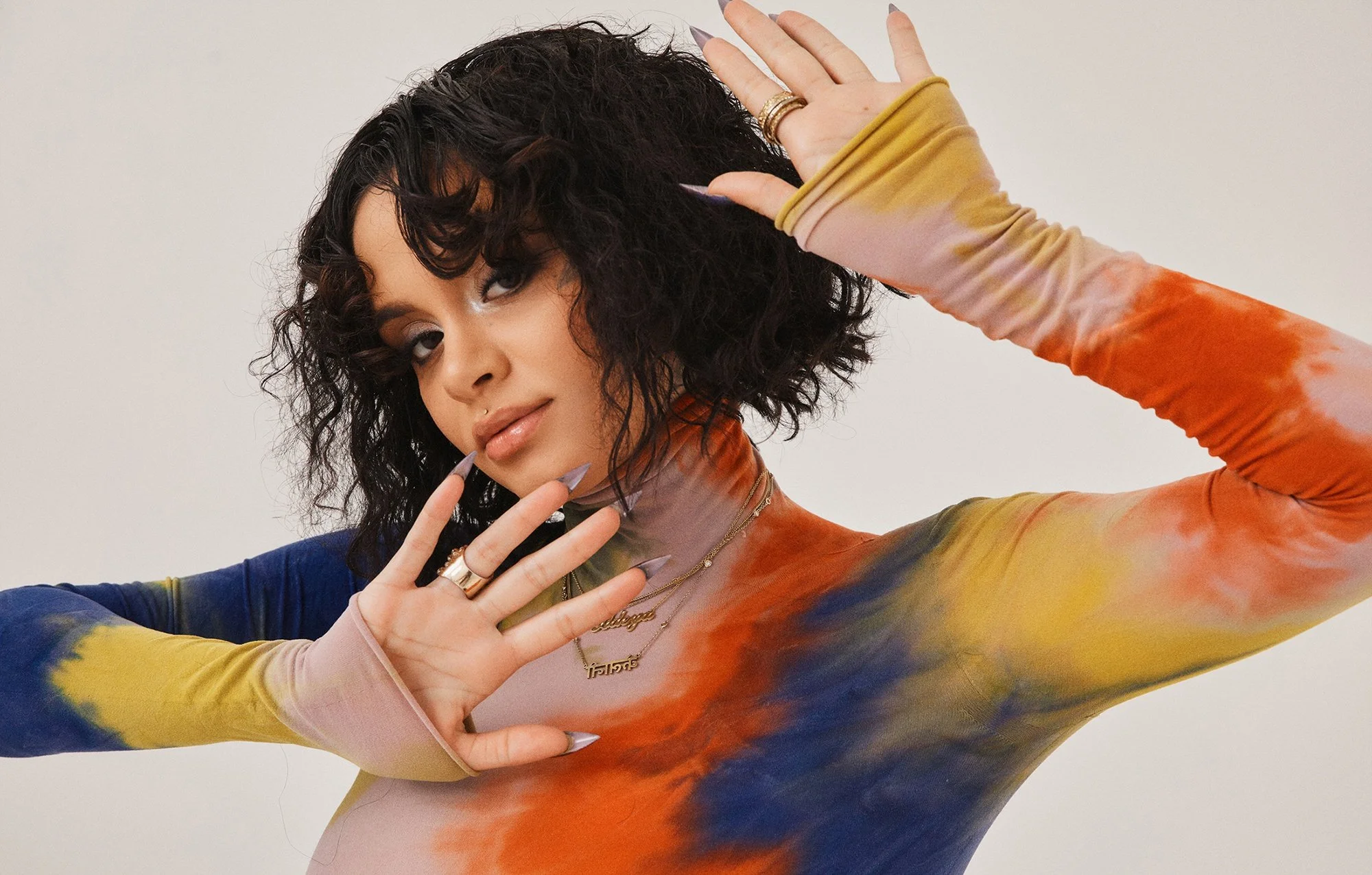Hayley Kiyoko: Our Sapphic Saviour
/When I think of my formative years as a queer person, I hear Haley Kiyoko’s discography. Her early hit songs play in my mind as the memories rush through.
Kiyoko’s music enlisted me with hope when I needed it most. Coming out as a lesbian at 14 years old was not easy, but, with songs like “Girls Like Girls”, (which I played on the daily) it was easier. It was easier knowing that I wasn’t alone in my feelings, and that it was possible for me to find love.
“I’m hooked on all these feelings…”
Speaking of feelings, that’s the title of one of my favourite Kiyoko songs! “Feelings” is an upbeat banger about being overcome with the emotions of yearning. As someone who is very emotional and constantly yearning, I appreciate when that can be conveyed through a song that also makes me want to get up and dance.
Image courtesy of the rolling stone
“Feelings” comes from Kiyoko’s debut studio album, “Expectations”. This album came out in 2018, when I was 17. Before that, the only music that us young, yearning lesbians had were her EPs, “Citrine” and “This Side of Paradise”. Other than that, there were only a few sapphic singles by other artists, such as “Honey” by Kehlani, “She Keeps Me Warm” by Mary Lambert and “I Kissed A Girl” by Katy Perry. Kiyoko frequently cites “I Kissed a Girl” as her gay-pop-star awakening. Even though the song is bi-curious in nature, it was gay enough to show Kiyoko that women-loving-women music can exist and be celebrated. It can even hit No. 1 on the Billboard Hot 100.
“Expectations” is Kiyoko’s highest grossing album to date. This isn’t surprising—I listen to it far more than her other works, simply because of the nostalgia that it holds for me. Specifically, the song “Sleepover”—it still gives me a visceral reaction to this day. The song, and its music video, were there for me during my first (devastatingly painful) crush on a girl. So, when I hear the song or see the video, I feel the pang in my chest all over again.
First Came Stella
Image from “Lemonade Mouth”, courtesy of pluggedin.com
Before ever releasing music, Kiyoko appeared as Stella in Lemonade Mouth. In 2011, this movie took the Disney channel by storm, becoming one of its most iconic releases to date. I still scream the lyrics to “Determinate” with my childhood best friend quite often.
In an interview with Zach Sang, Kiyoko says, “This is almost like an eerie parallel to what ended up happening in my life; where like, this character, Stella, is like standing up… like stand up for what you believe in… very gay energy I would say.” She goes on to speak about how playing the character of Stella helped her come to terms with her sexuality. “Stella was the progressive version of myself. Stella was ahead of myself.”
Unbeknownst to Kiyoko, Stella would also go on to be a progressive symbol for other young queers struggling with their identity. Stella was not openly queer in the movie, however her edgy style and outspoken attitude showed unparallelled self-confidence that inspired many viewers as well as Kiyoko, herself.
The One and Only
Cover for Kiyoko’s album, “PANORAMA”
I can’t write about Hayley Kiyoko without mentioning the fact that she has been deemed the one and only “Lesbian Jesus”. According to her interview with Paper Magazine, Kiyoko has no clue where the nickname came from, but she feels that it is an honour to have. Other famous lesbians have seemingly respected this and let her have it (as they should). I certainly believe she has earned the title for being a pioneer in gay pop and supplying young women-loving-women with a safe space and music to relate to. She may feel honoured to have the title, but we should feel honoured to have her music.
Jade McConkey is an eclectic creative, a cat mom, and a Professional Writing student at Algonquin College. More than anything, she is passionate. Jade considers herself an enthusiast of many things, such as crafting, songwriting, drag, and lesbianism. When she is not playing with clay or writing songs that will never see the light of day, you can find Jade watching old seasons of RuPaul’s Drag Race or Glee—the shows that gave her comfort in her queerness. Jade is also the self-published author of “This Journal Will Be Your Future Book,” a guided journal for writers, available on Amazon.

